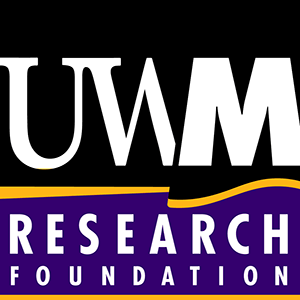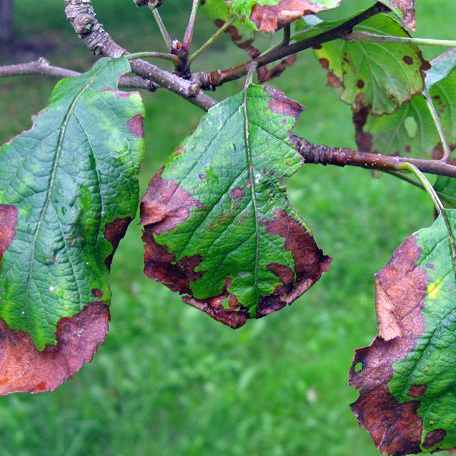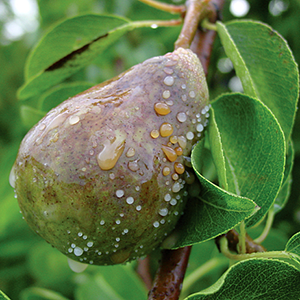
OTT1112/1200
Applications
Control and prevention of plant disease in agriculture, vegetable surfaces to reduce the risk of co-contamination by human pathogens, prevention of post-harvest infection in storage crops, household antimicrobial products, veterinary medicine, and pharmaceuticals.
Target Problems
Limited options are available for the control of bacterial disease in plants. Many commercially available antimicrobials lead to death of the pathogen.
Key Features
- Novel – Multiple new compounds (not commercially available) that inhibit plant and human bacterial pathogens
- Safer – Does not target natural microbial flora of treated organism; analogs of natural plant compounds
- Better for environment – Reduces risk of resistance emergence in bacterial pathogens
- Multiple targets – Potential effects on many plant, animal, and human pathogens
- Broad applications – Agriculture, food safety, bio-film prevention, household products, and pharmaceuticals
Technology
Many pathogenic bacteria found in animals and plants utilize a type III secretion system (T3SS) which releases proteins into the host organism that aid in infection. The T3SS is an attractive target for the development of antimicrobial compounds, since it is present in numerous plant, human, and animal pathogens, but is not found in symbiotic non-pathogenic bacteria. Most antimicrobials used for fighting pathogenic bacteria also eliminate beneficial natural microbes. Loss of the natural symbiotic microbes leaves plants more vulnerable to future disease attacks due to a lack of competition against the pathogenic bacteria.
Drs. Yang and Chen have synthesized several novel chemical compounds which inhibit the expression of T3SS genes of the plant pathogen D. dadantii 3937. The T3S apparatus is not necessary for survival of the pathogenic bacteria; therefore, these inhibitors are unlikely to trigger resistance to the compounds in the pathogens. These T3SS inhibitors could be used as antimicrobial reagents in many fields, including agriculture, the food industry, and pharmaceuticals.
Intellectual Property
US20120322769 A1
201180019127.2
This technology is licensed to T3 Bioscience, LLC and is part of an active and ongoing research program. The company is seeking partners for development of the final product.
Inventor (s)
Ching-Hong Yang, Professor, Biological Sciences
Xin Chen, PhD., Professor, Chemistry, School of Pharmaceutical & Life Science at Changzhou University
Eric Toone, PhD., Professor, Department of Chemistry at Duke University.


